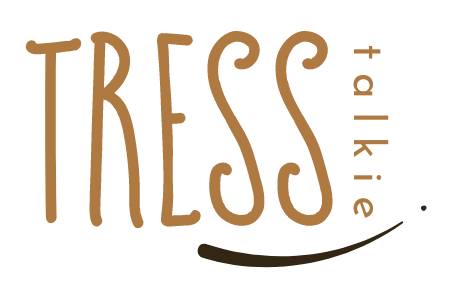When dressing up for the office, a business meeting, or a party, women’s utmost challenge is styling their hair. When one can style their hair right, it’s half the job done to make a remarkable appearance in front of the world. But having a good hairstyle requires everyday maintenance.
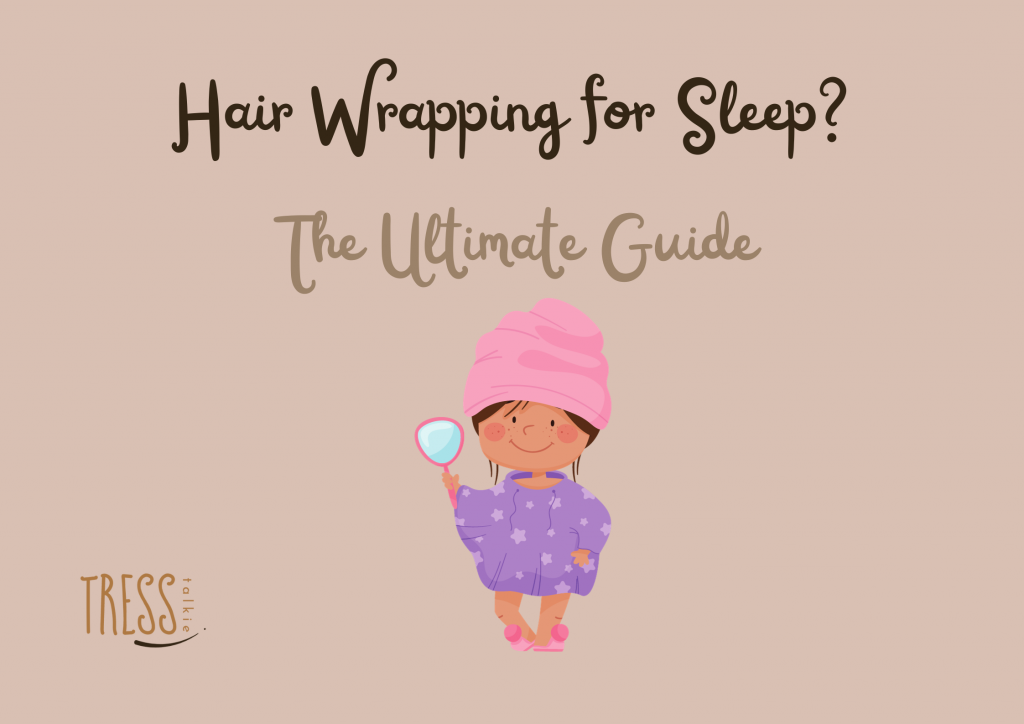
You may nourish them regularly with oil, keep the scalp clean, and even use heat or chemical treatments to keep them in the proper form. But you will still struggle with frizz, split ends, and tangles after waking up daily. Whether you have straightened or curled your hair at home or spent exorbitantly in the parlor, a good night’s sleep is enough to ruin it by restoring its natural form.
So, to preserve your hairstyle and keep it healthy, we have brought you this tutorial that can inform you all about hair wrapping for sleep.
Hair Wrapping for Sleep | Here’s Why It Is So Important?
Hair wrapping is a widespread technique black women use to maintain sleek hair strands over a long duration as a haircare method. Using a hair-wrapping technique while sleeping ensures that your tresses stay sleek, smooth, and sober for days. It involves brushing and laying the hair strands circularly around your scalp. Further, it is sealed in position with a scarf tied over your head.
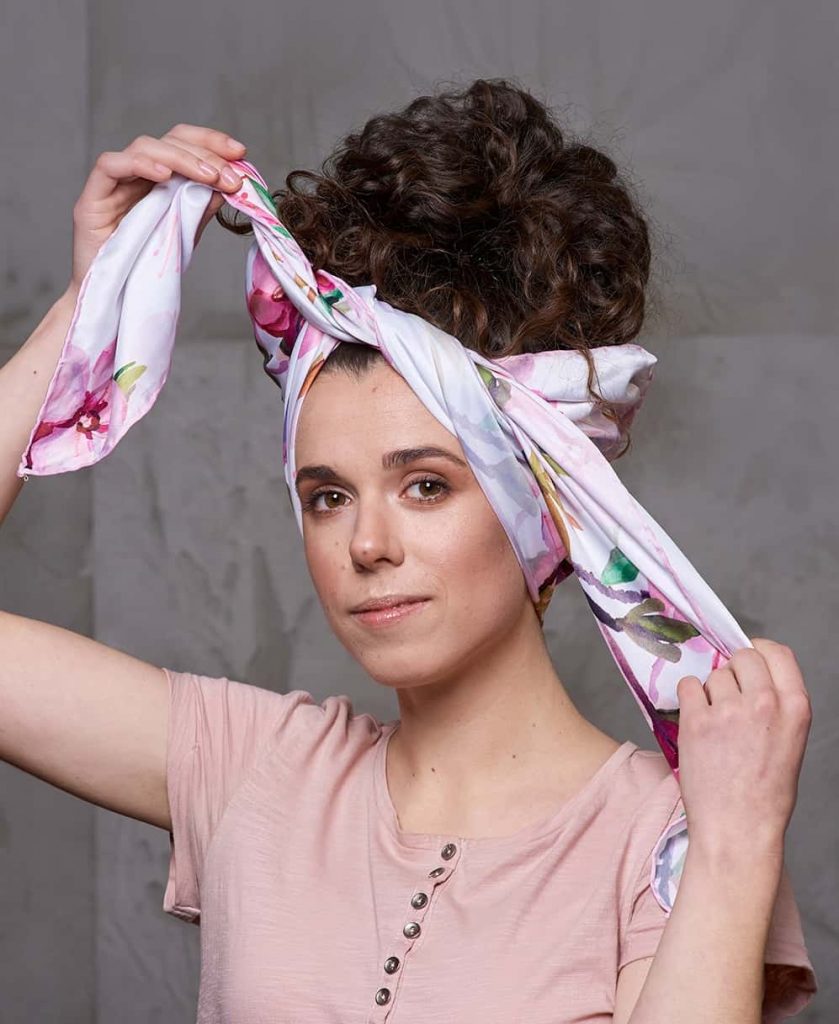
What are the Benefits of Sleeping With a Head Wrap?
Now that you know about the hair wrapping technique, find the benefits of sleeping with a hair wrap below.
- Minimizes frizzes and tangles – Wrapping hair strands with a headscarf creates a physical barrier between the hair and the pillow cover. This prevents friction that leads to frizz, tangles, and knots.
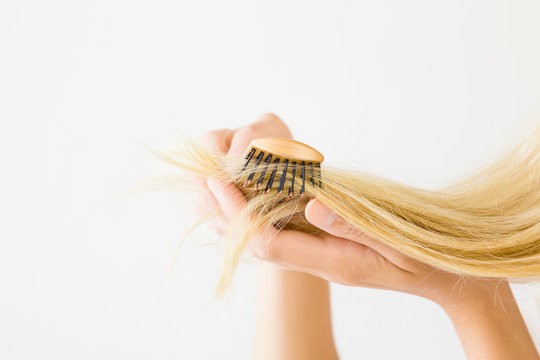
- Reduces split-ends and breakages – Silk and satin hair wraps prevent hair strand breakages, thereby becoming an ideal choice for those with long tresses.
- Locks-in moisture – A headscarf locks the moisture in your hair overnight. Further, if you oil your hair at night, the hair wrap prevents the pillow case from absorbing the excess oil and getting stained. Thus, it helps to retain essential oils and other useful ingredients in your hair.
- Preserve your hairstyle – Waking up with silky smooth strands saves time and effort by enabling you to style them quickly. If you have blow-dried your hair, applied fancy hair extensions, or made some cool braids, these could be preserved overnight if you slept with a headscarf.
- Boosts healthy hair growth – Women with short hair, slow-growing hair, or those with thin hair texture can benefit extremely from a hair wrap. A headscarf protects the hair against friction, breakage, split ends, and moisture loss, promoting hair growth.
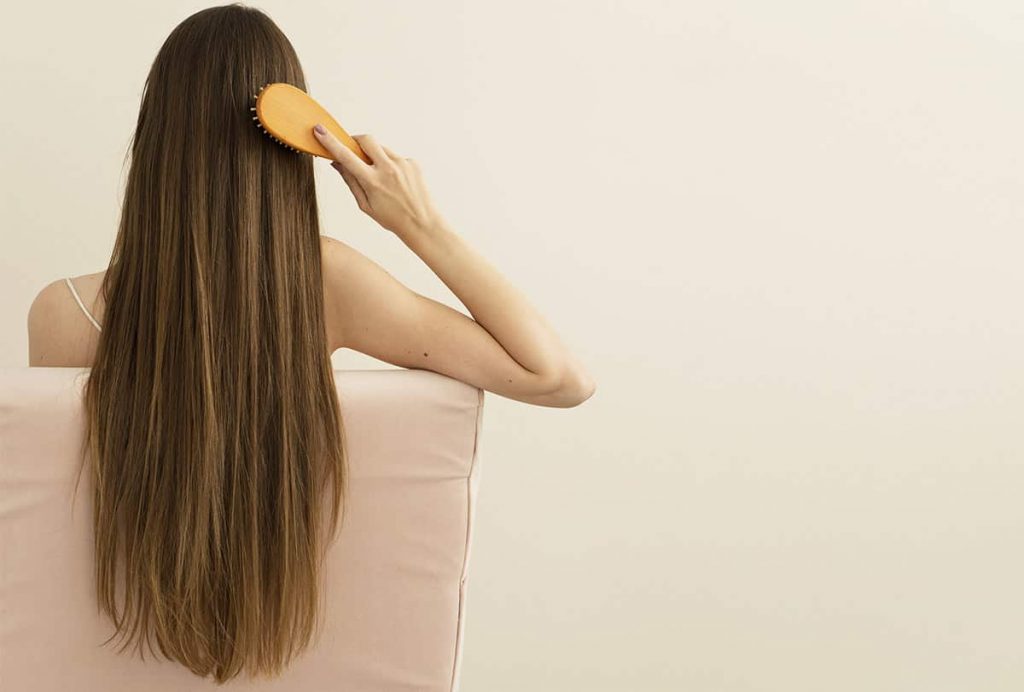
- Protects hairs against environmental factors – When you wrap your strands in a protective cover, you can prevent moisture loss from your hair due to extreme cold. Using a hair wrap also protects your hair against the winds while traveling.
Hair Wrapping for Sleep | Step-by-Step Process
Here is a step-by-step guide on perfectly wrapping your hair at night before sleeping.
Gather your freshly washed and detangled hair
- If you have worked all day and your hair looks tangled, comb it gently before proceeding further.
- If you can wash your hair, you can do it before taking the following steps.
- Next, top it with a hair serum and gently comb your hair until it is tangle-free.
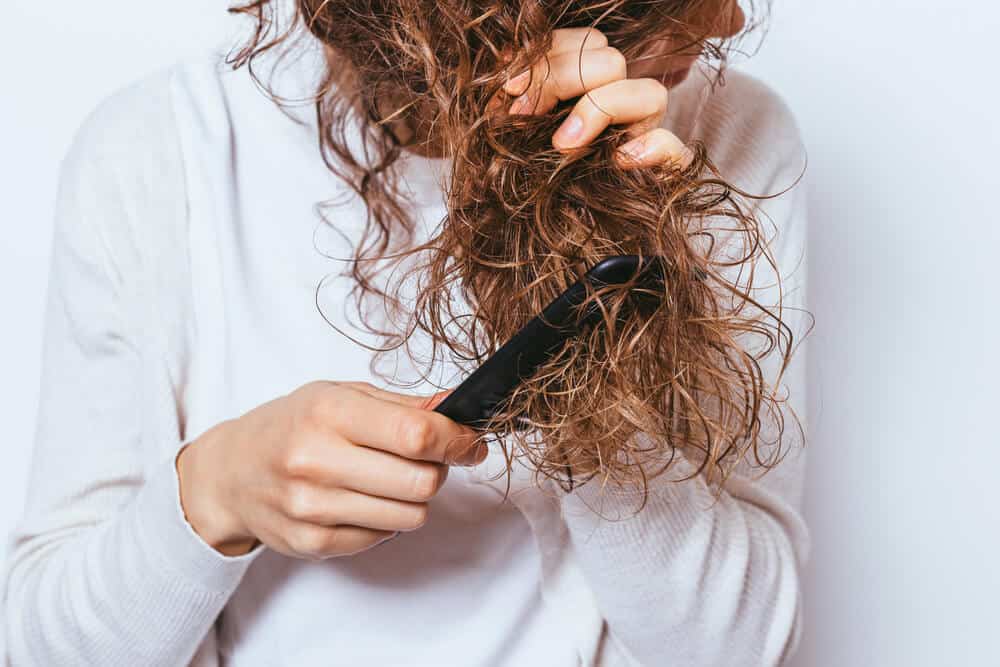
Divide your hair
- Separate your hair and divide it into two equal parts: middle part or side part, whichever you prefer.
- Either tie your hair into a bun or make a braid or ponytail.
- Repeat the same with the other side of the hair.
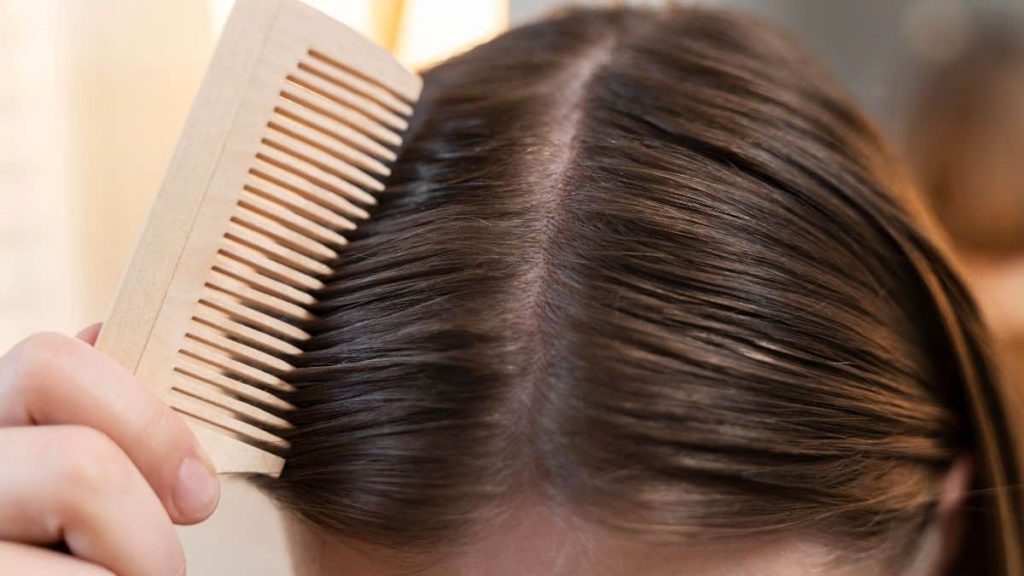
Secure the hair in place with the scarf
- As a last step, secure your hair with a scarf in place.
- After you stretch the scarf to the back of your head, crisscross the ends and pull the scarf to the base of the head.
- Next, pull the scarf towards the front of the head, and then, by making a small knot, secure it in place.
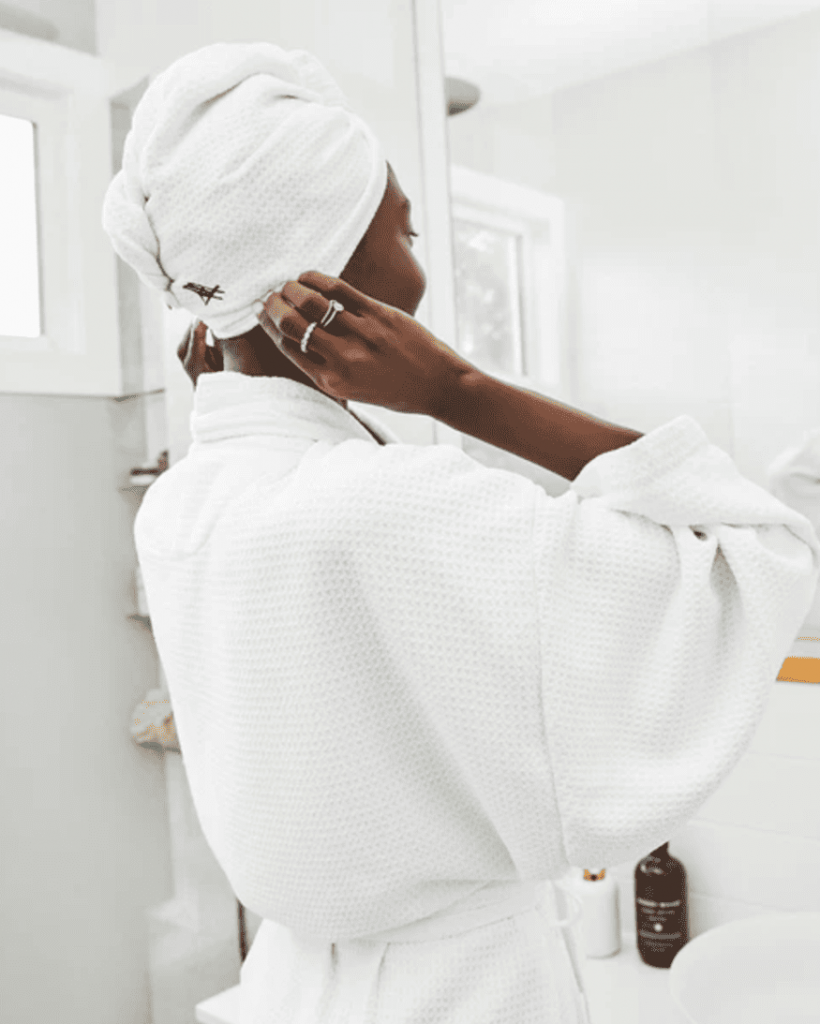
Additional Tips
- If your hair is short, simply pull the scarf bonnet on top of your hair.
- Cover the hair with an extra layer of cotton wrap before putting on the silk wrap to hold the hair in the right place.
- When opening the scarf in the morning, untie your hair and tie it in the style you wish for the day.
- Maintain the volume of your curls, cuts, and waves by spraying a volumizer over your hair.
7 Simple Hair Wrapping Techniques
Now that you know how to wrap your hair and secure it in place, let’s take you through the types of hair-wrapping techniques you can try.
Try the simple knot wrap
Tie a knot on top of your head using anything comfortable. Next, tie any wrap simply over it and make a knot.
Crisscross the wrap
Crisscross the headwrap and arrange it in this pattern before tying it on your head. Leave the ends of the headscarf open and wrap it over your head.
Use the commonest turban wrap
Wrap your hair into a bun, then turn and diagonally twist the scarf. Next, tuck its ends, wrap the turban nicely, and keep it covered.
Add volume to the wrap
If you want to add to the volume of your wrap, tie your hair into a high ponytail and smooth the top layer in position. Next, wrap with a satin bonnet securely in place.
Braid your head wrap
Braid your hair and tie your hair in place with bobby pins. Next, braid your headwrap and fix it with bobby pins, or connect it across your head with your braid in place.
Keep your hair in place with the end wrap
After separating your hair into separate segments, tie them in place with soft bobbles. Next, cover the whole hair with a buff.
Try the loose cap wrap
Smoothen your hair, and then make a loose ponytail. Stretch a satin cap over the ends that are left out and wrap everything inside it.
Types of Hair Wraps
Get familiar with the types of hair wraps available based on the material and design below.
Silk – Silk is a natural fiber. Mulberry silk hair wraps are breathable, skin-friendly, and hypoallergenic.
Satin – Satin is a pattern in which a fabric is woven to impart a lustrous and silky feel. Satin is minimally absorbent, affordable, and easy to care for. It is also great for minimizing frizz. But satin is not great for allergic people.
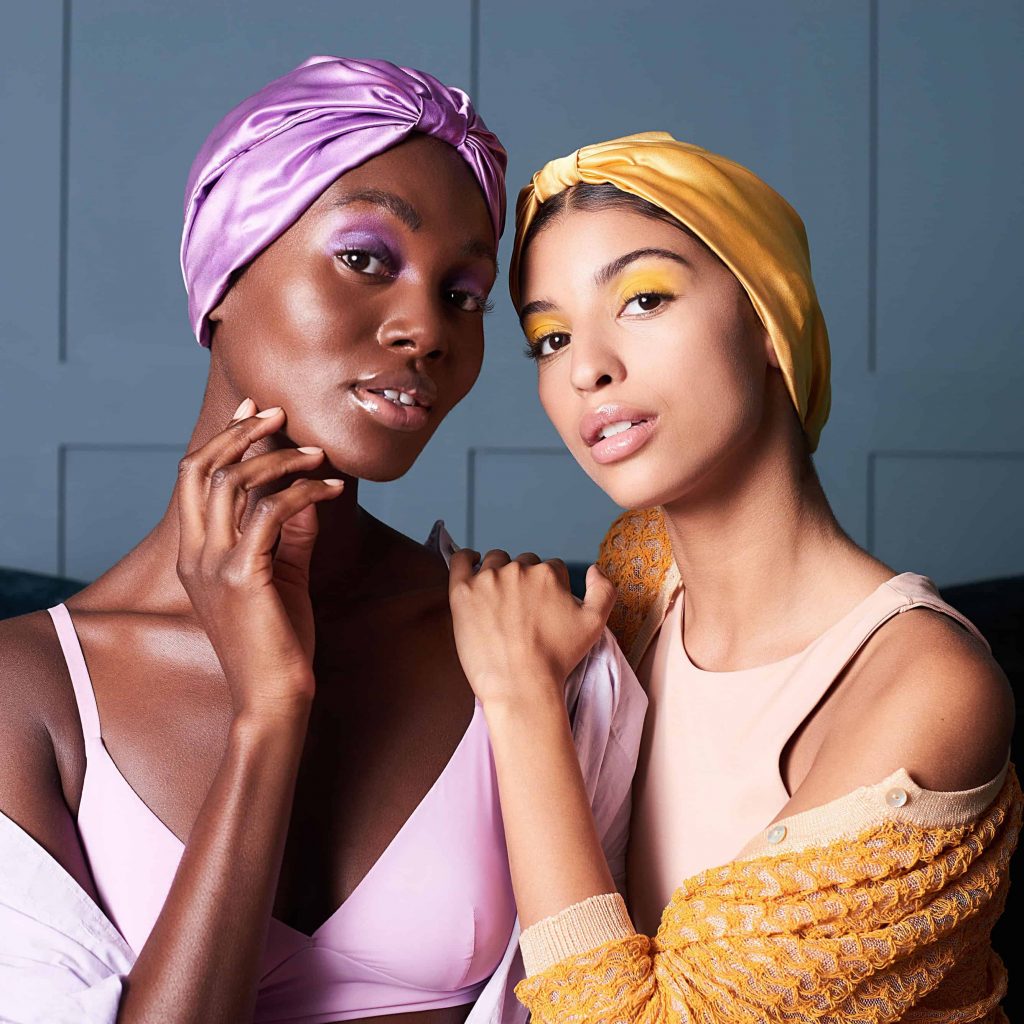
Silk/Satin Combo – The combo scarves or hair wraps are built with the goodness of silk and satin.
Cotton – Cotton is again the best breathable fabric ever known, and if you are located near the coasts or desert, cotton head scarves would be the best to try. This is because cotton is absorbent, preventing your hair from getting spoiled due to excessive perspiration.
Mesh – Mesh is a breathable, cool, and soft fabric. Also, mesh is easy to care for as it can be washed in a washing machine.
Types of Hair Wrap Based on the Design
The hair wraps can be stylized differently based on the material type.
Try satin/silk hair wraps as scarves and bonnets
A bonnet is an already-made scarf in a style that suits the hair best.
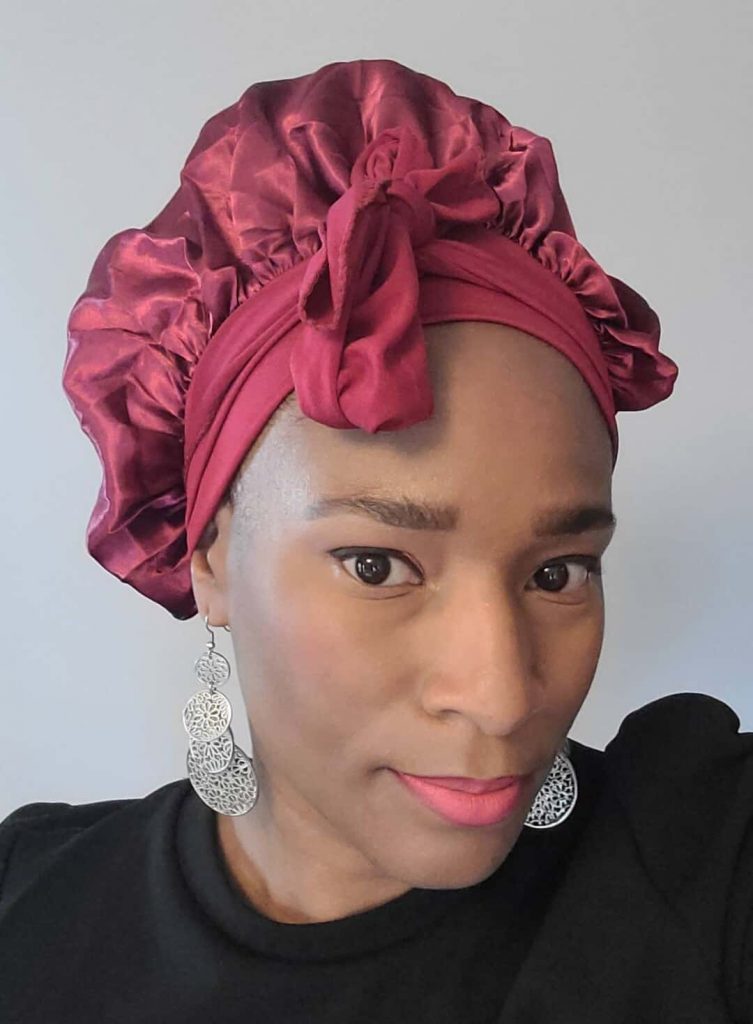
A scarf around the head
With the scarf in place, you can easily prevent moisture loss and friction that your hair would otherwise encounter. Either use it on the hair ends or tie it around the entire head, whatever suits your style.
Pillowcase style of wrapping
Use a silk pillowcase and forego the wrapping if you like. Most of those who sleep with loose, untied hair can try this approach. Some of us don’t like our hair tied while we try to sleep.
Try a satin-lined cap
A complete satin cap enclosure with an outer cotton layer is also a good way to wrap your hair. Those who do not prefer an all-silk appearance can go for a satin-lined cap.
Use the turban wrap style
Coil your hair into a spiral shape before you place the turban wrap in position.
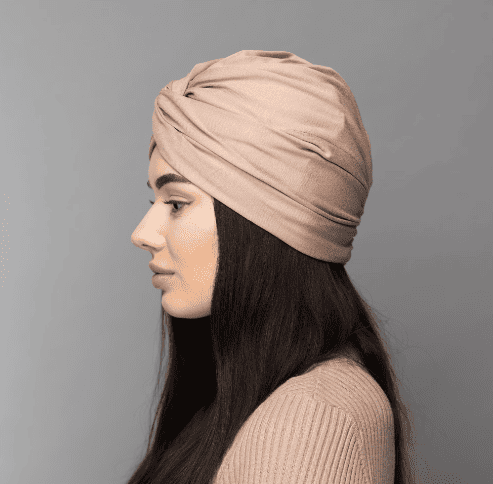
Use a hair buff
Thin and stretched headwrap buffs can gently place the hairs in position without applying pressure. You could try it if you dislike tying your hair in place.
Try the scarf wrap
Try to use long rectangular silk or satin scarves and tie them together creatively.
Do’s & Don’ts of Hair Wrapping
In the below segment, we have jotted down the dos and don’ts for you when you wrap your hair in a headscarf while sleeping.
| Do’s | Don’ts |
| Opt for breathable fabrics like cotton, silk, or satin. | Don’t use fabrics that snag or slip off easily like terrycloth or polyester. |
| Dry your hair before wrapping. | Avoid using hair wraps if it gives you a headache, and consult a physician. |
| Tie the wrap gently. | Don’t pull out the wrap harshly in the morning. |
| Choose the right size of the bonnet or turban so that it snugly fits your head. | Don’t forget to remove elastics, clips, and pins before wrapping your hair and sleeping. |
| Wash your hair in the morning to refresh the strands. | Don’t use dirty head wraps. Wash them once weekly or keep 2-3 wraps you use alternately. |
| Take a break from hair wrapping occasionally. | Don’t use a satin wrap; opt only for a silk wrap if you are allergic to dust and molds. |
Frequently Asked Questions | Hair Wrapping for Sleep
Is it good to wrap your hair at night?
Most hair experts would recommend wrapping your hair while you sleep. You can lock the moisture inside and also prevent frizzy hairs. It will also not dirty your linens and prevent hair from splaying on your face while sleeping.
What is used to cover hair while sleeping?
You can use different kinds of hair wraps available in the market or create one for yourself.
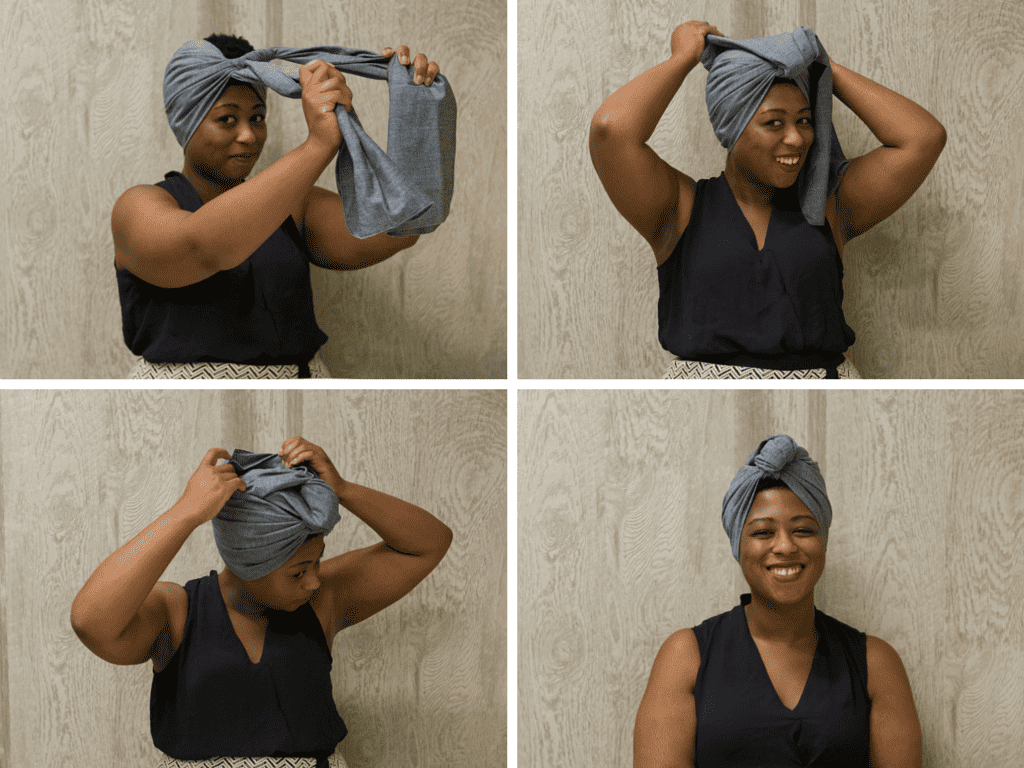
Can I reuse my hair wrap?
You should tie a clean wrap every night. Keep the hair covers together every morning when you get up, and wash them at least once a week. Each night, use a fresh one to avoid bacterial and fungal infections.
Does wet hair need to be dried before wrapping for sleep?
Wrapping wet hair is not recommended, as wet hair is weak and can cause hair breakage. Once your hair is fully dry, tie it into a wrap.
Is it okay to sleep with a hair net?
Women who don’t like to tie their hair when they go to bed can use hair nets. These can keep the hair in place while allowing more breathing space for your hair.
Concluding Lines | Hair Wrapping for Sleep
So, this was all about how to wrap your hair before going to bed so it doesn’t get out of shape. From this blog, you have learned the proper technique of wrapping hair.
You have also become aware of the numerous types of hair wraps available that you can choose based on your preference. Thus, hoping that this guide has rightfully served its purpose in helping you protect your hair and preserve your hairstyle without any hair products.
